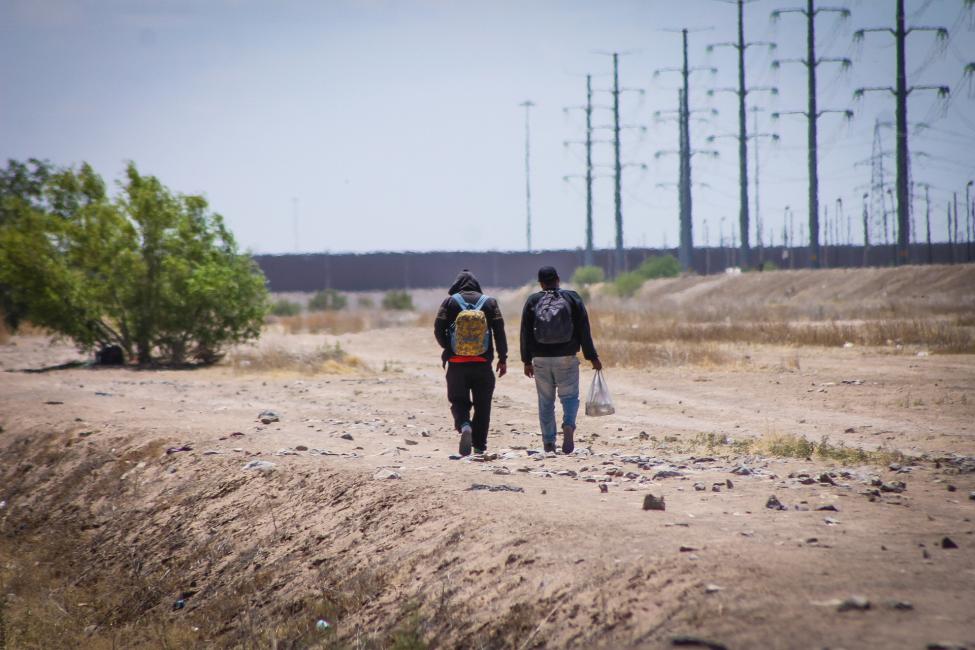A new report from the International Organization for Migration (IOM) has revealed the southern border is the most dangerous route in the world on record. IOM documented 686 migrant deaths and disappearances across the southern border in 2022, accounting for about half of all incidents in the Americas that year. With 1,457 total migrant deaths and disappearances in the region, 2022 stands as the deadliest year since the organization started compiling data in 2014.
UN Agency Crowns Biden's Southern Border As 'Deadliest Migration Route Worldwide' https://t.co/b7QcaqgR1R
— zerohedge (@zerohedge) September 13, 2023
Since President Biden took office, more than 5.8 million illegals have flooded the southern border, a number comparable to the population of Denmark. The surge in migrants can be directly linked to Democrats’ far-left open border policies.
The data comes from IOM’s MMP annual overview, which underscores the growing death toll and increasing risks that migrants face throughout the region. These figures represent the lowest estimates available as many more deaths are likely to go unrecorded due to lack of data from official sources.
“These alarming figures are a stark reminder of the need for decisive action by States,” said Michele Klein Solomon, IOM Regional Director for Regional Director for Central and North America and the Caribbean. “Enhancing data collection is crucial. Ultimately, what is needed is for countries to act on the data to ensure safe, regular migration routes are accessible.”
Although the data shows that deaths and disappearances in the US-Mexico border decreased by 6 per cent from the previous year, the 2022 figure is likely higher than the available information suggests, due to missing official data, including information from Texas border county coroner’s offices and the Mexican search and rescue agency.
Nearly half (307) of the deaths on the United States-Mexico border were linked to the hazardous crossing of the Sonoran and Chihuahuan Deserts, far more than other desert regions where irregular migration is prevalent. At least 212 people died in the Sahara Desert in 2022, but the remote nature of such areas means that data is likely incomplete. IOM
